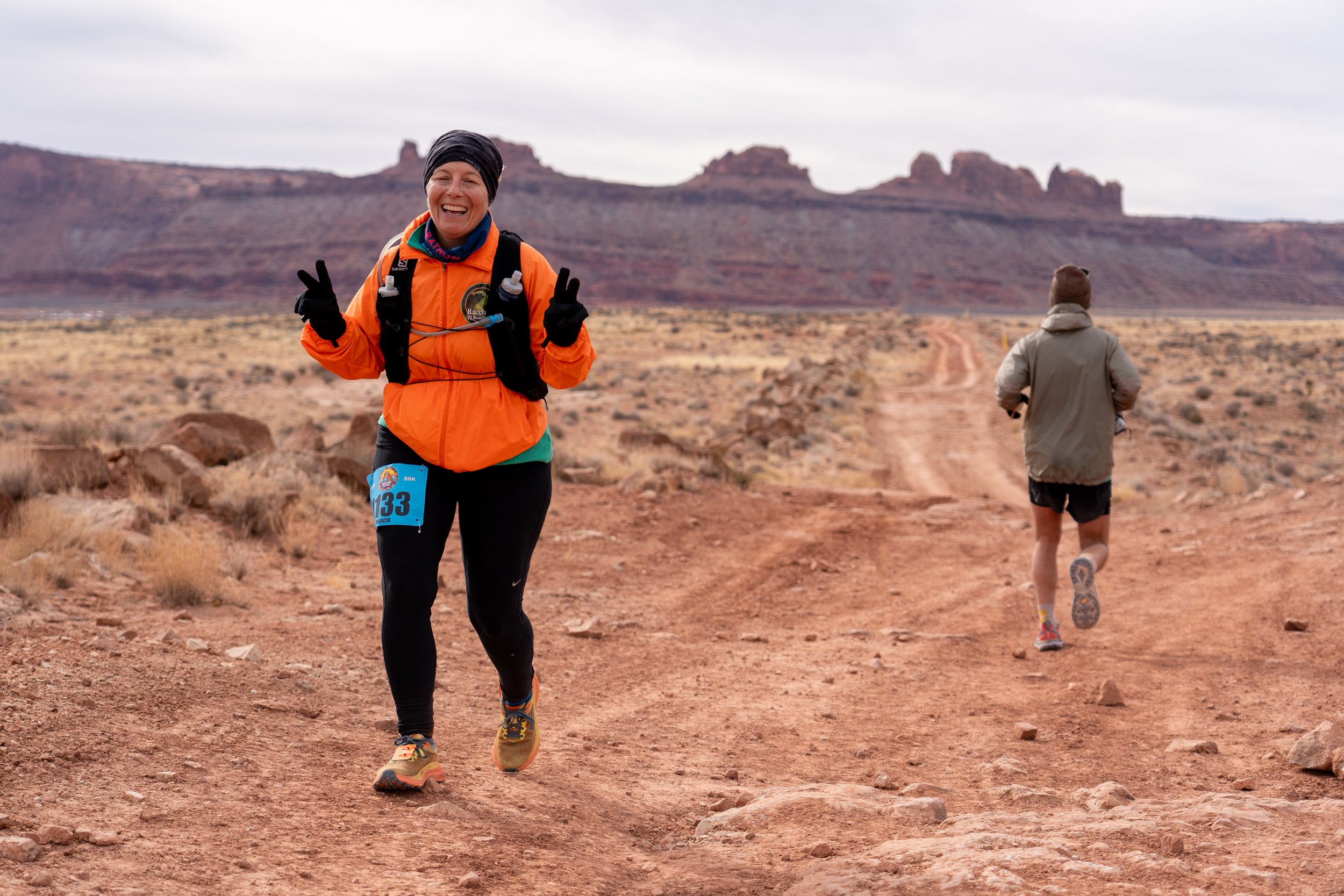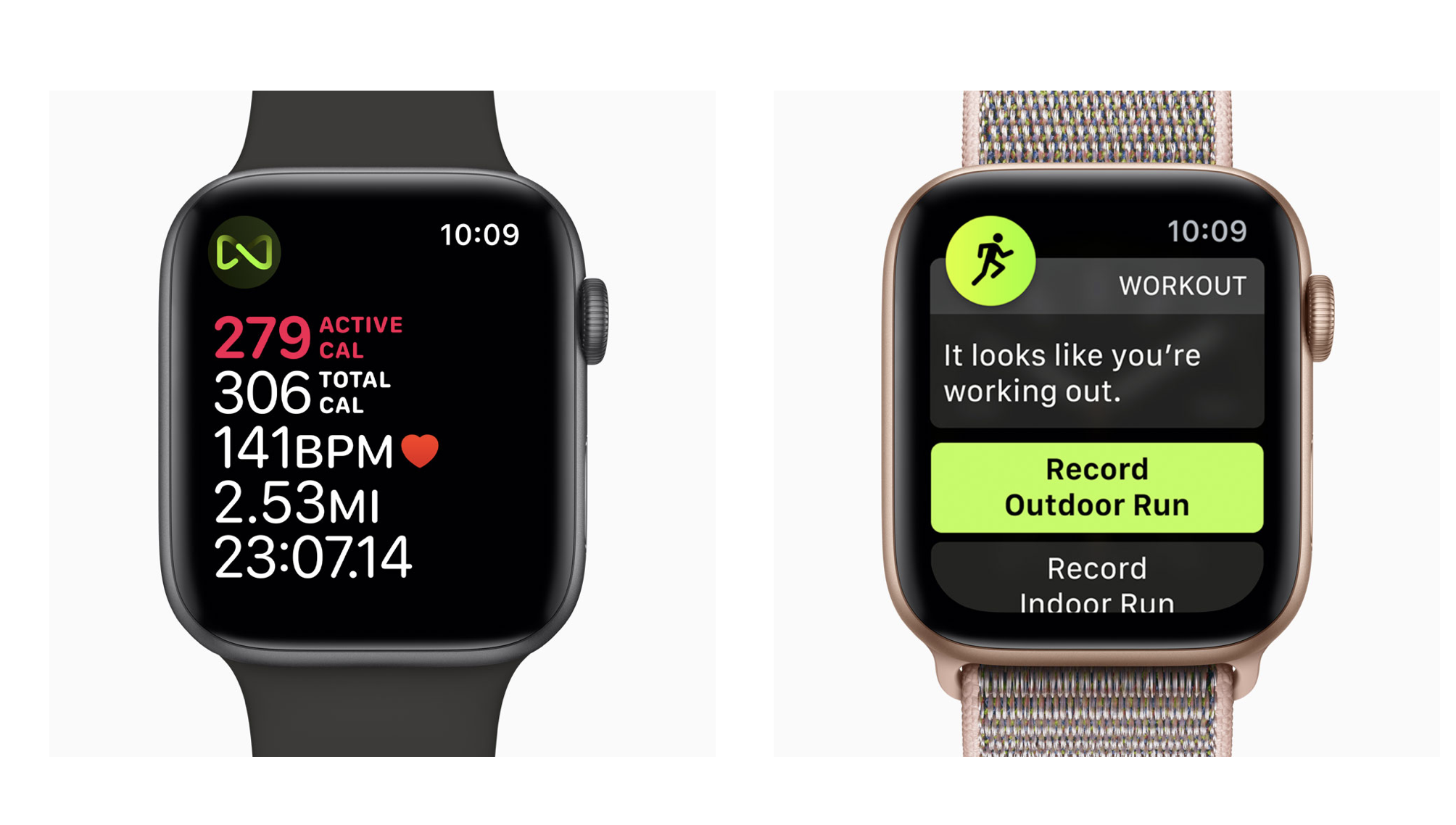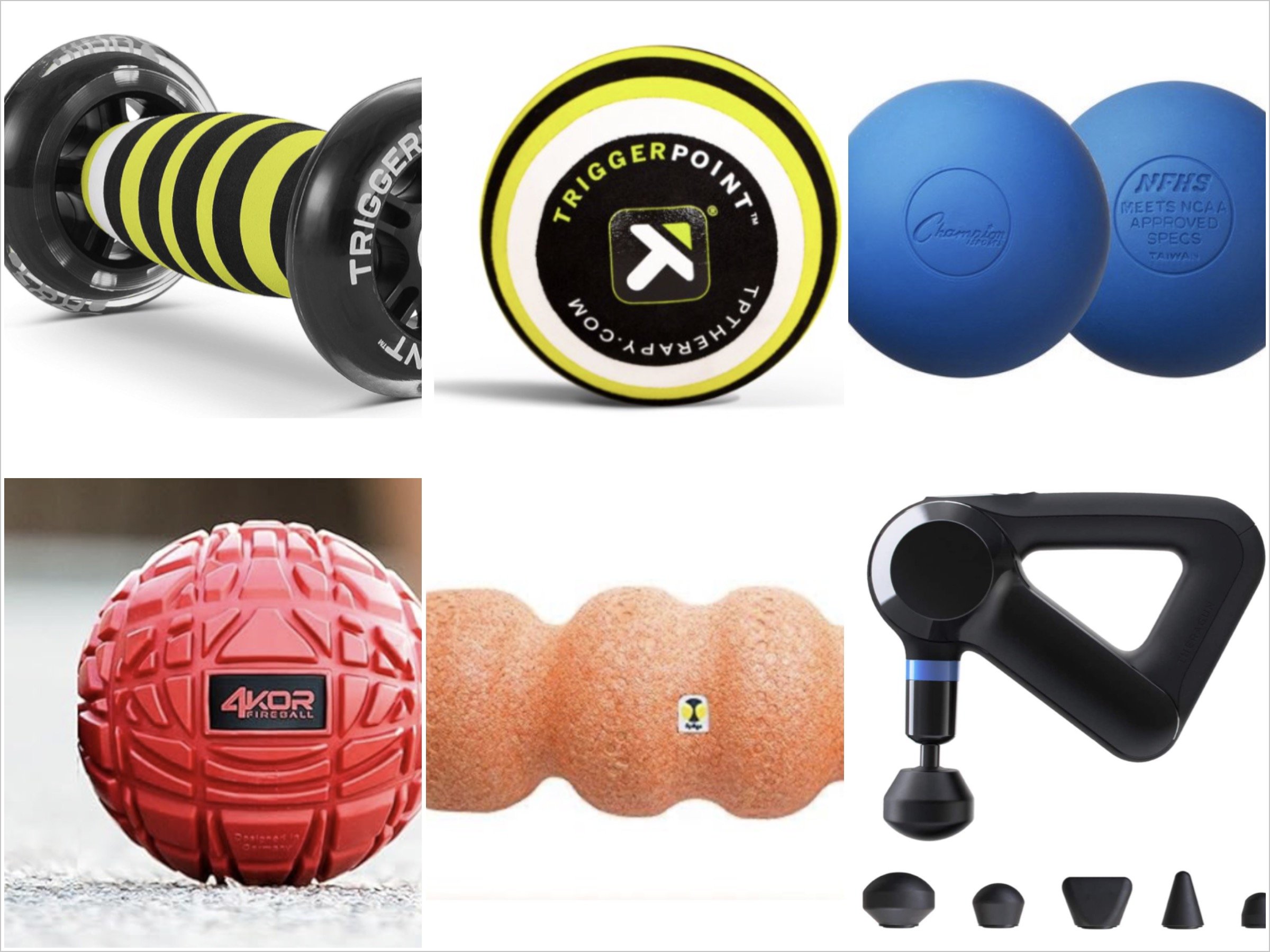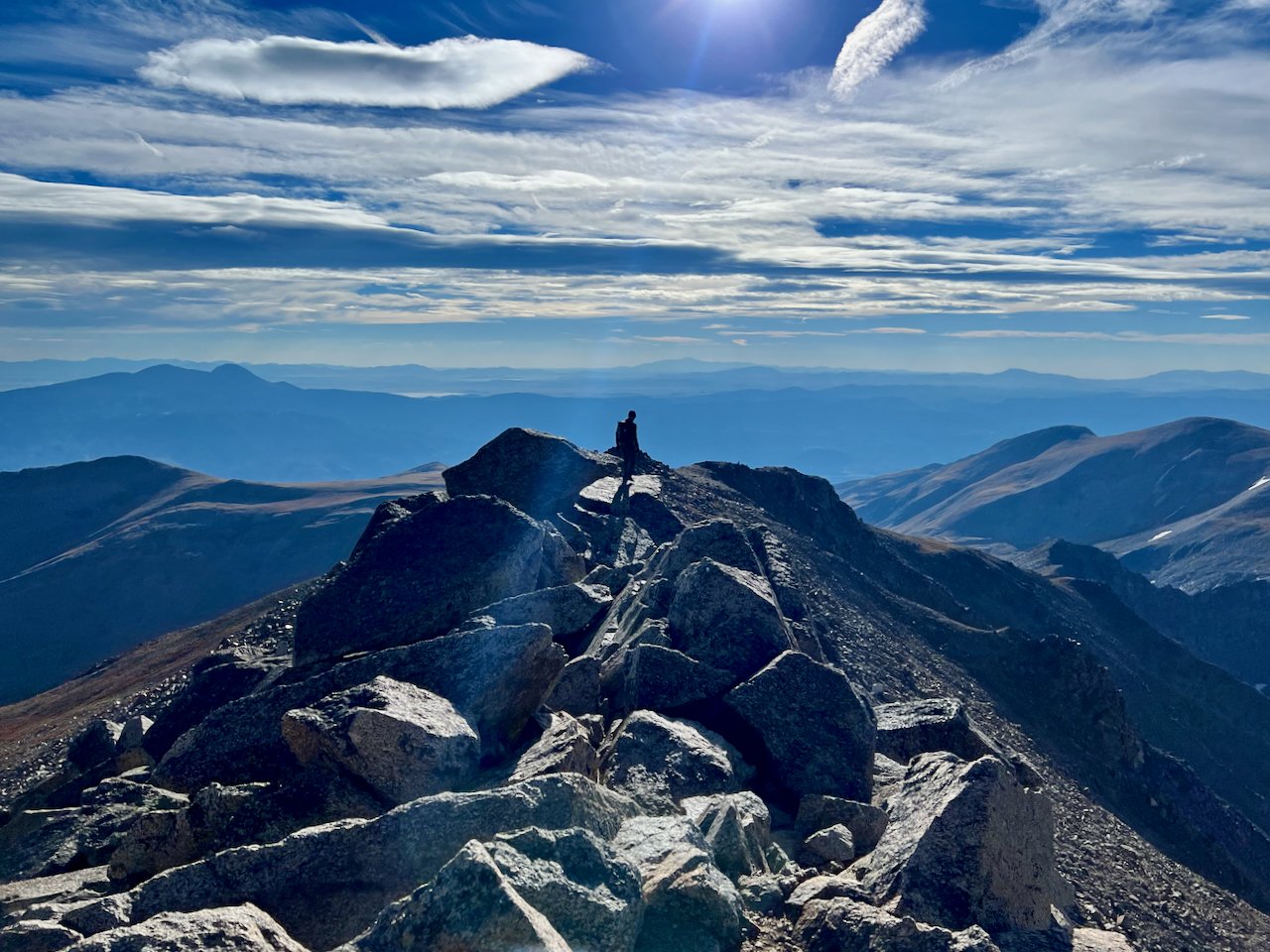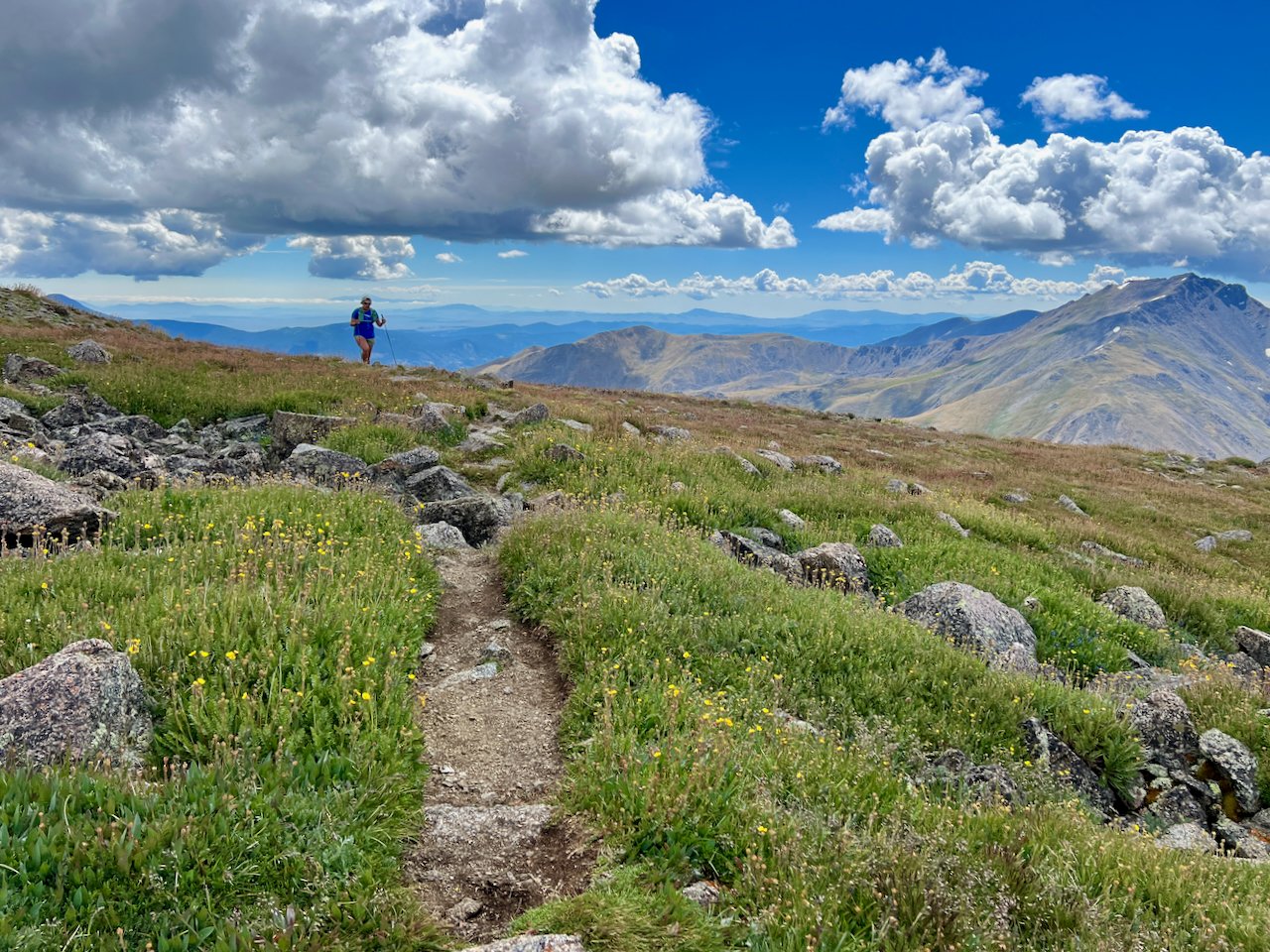Blue Hills Skyline Trail FKT & Race Shoe Selection
While I’m not the only one who struggles to select which pair of shoes for a race, I may be particularly challenged due to the vast number of inov-8 models I have to select from. Even after over 15 years of trail racing, I still find it difficult to decide on shoes for some races. There are some practices that can make this decision easier and more successful. I’ll describe some which work for me, and then put that into the context of a recent FKT run.
Practice what you race.
It is always a good idea to practice on terrain similar to the race in any shoe you might select. This is common sense to some degree, but the key is with the details. Wear your race socks and do runs as close to race pace and length as possible. If you are racing with a moderately heavy pack, wear that. Shoes that seem great for shorter runs at less than race pace, or even shorter runs at race pace may not hold up for a longer race distance. The benefits of a lighter shoe for the first half of a race may not outweigh their costs during the second half if they do have adequate protection or cushioning for your particular needs.
Find the limits of your shoes.
The challenge with race simulation runs is that you can only do so many when training for an event. You may be deciding between 2-3 shoes, but only get in 1-2 good long runs at race pace. A good way to add another level of selection is to have a few standard trail courses which you do regular time trials on. These should vary from runnable to extremely technical. Even if they are substantially shorter than your race, a maximal effort on varying terrain will often reveal differences between shoes that are not apparent at most other paces.
Consider the race terrain.
This may be seem redundant, but doing long race simulation or time trials on terrain exactly like your race may not always be possible. The first time I raced the Headlands 50k north of San Francisco, I wore a pair of shoes that I had worn successfully in 50k training and 50k races that were similar to the Headlands. However, I had not run multiple 2-3 mile descents at 6:00 pace or faster in my race shoes. By the end of that first race, I was practically splintering my teeth due to quad pain on the last two descents. The next time I ran the Headlands, I went with more cushioning, my legs were much happier, and I ran faster.
Keep an open mind.
For the race simulations and time trials, keep an open mind as to which shoes you try. Due to random circumstances, I’ve had to run in shoes that were both lighter and heavier than what I would typically consider for some workouts and races. I’ve been wear testing shoes for over 10 years now, and am still sometimes surprised at how well some shoes do on a type of terrain. When reading shoe reviews, consider the terrain that the tester may be running in. A review from someone living in Californian or the Northwest may have little relevance to someone in New England, even if they state that they ran on technical terrain. A teammate of mine from the Northwest runs 50k’s in shoes I might only wear during a trail 5k, which amazed and surprised me. I then visited the region where he races, ran on the trails, and his shoe selection made perfect sense.
Skyline Trail FKT
This brings us to my latest attempt to set an FKT on the Skyline Trail in the Blue Hills State Park just south of Boston. This trail covers 18 miles with about 4000’ of climbing over some of the most technical terrain you will find anywhere. Since 2009, I have lowered the FKT from 2:45 to 2:37 to 2:29. My shoes for those runs were Roclite 315’s, Flyroc 310’s, and Terrafly 313’s. For my shoe of choice last weekend, I went with the Inov-8 Oroc 340, the heaviest trail shoe that Inov-8 makes which has an extremely aggressive lug pattern with 9 metal spikes on each shoe. It is likely that none of my teammates from the northeast who run similar trails would have chosen the Oroc.
There are a number of reasons I chose the Oroc. The first was probably that they are fast, very fast. This was one of those times where I had to do a time trial, and the trails were soaked due to a day-long thunder storm. I think I only had the Orocs with me, and ended up almost running a PR for the loop in conditions that were far from ideal. After a few more time trials, I concluded that the Orocs were as fast as X-talon 212’s, Roclite 243’s and Trailroc 245’s on anything moderately technical. For longer distances, I also had a great run on the Devil’s Path in Oroc 280’s a few years ago, and some of that route is very similar to the Skyline Trail.
General considerations that led to the Oroc 340 were the qualities that I think are needed to run fast on that type of terrain: an extremely secure upper, good stone protection, moderate cushioning for steep downhills and ledges, and as much traction as possible. When making turns on the Skyline, you don’t want a slipper like mesh upper that stretches. You want an upper that you strap on like a downhill ski boot, but is still comfortable. A wealth of trail proprioception on the Skyline will surely lead to a slower pace, as your feet tell your brain to slow down because the rocks are beating them to death, so stone protection is a good thing. I have always found I run downhills faster with some cushioning in my shoes, and the Skyline has plenty of steep descents. Finally, you need your shoe to get grip even if only a square inch of the sole is in contact with the trail, because that is what is typically occurring when you try to run fast on the Skyline. Despite the strengths of the 340’s, I was still concerned that they might be too heavy or that the metal spikes would limit traction on rock.
Well, they worked just fine. I started the first climb too hard, but the secure and solid fit of the Orocs encouraged me to push the pace. It was clear from the first downhill that I was going to be saving time due to the ridiculous traction and protection from the Oroc sole. I could throw my foot anywhere and not worry about traction or pain from sharp stones. The solid sole and toe bumper was also saving my toes. I was clearing small children and dogs in a single bound. Concerns about traction on rock due to the spikes were unfounded. You might have issues running on polished granite counter tops, but as long as the rock has a slight bit of texture, you will have enough traction to blow your knees out. Due to the mechanical grip of the spikes, I didn’t have to worry about a decrease in traction after running through wet or muddy sections. The greatest benefit may have been the overall stiffness of the shoe on uneven trail surfaces, which allowed me to get a solid stride even when I was only making contact with a small percentage of the sole. The Orocs made me want to push the pace, especially on the downhills, and I rarely got to the point where I felt I was reaching the limit of the shoes in terms of traction, protection, or cushioning. Although I paid the price for the aggressive pace early on, I still managed to lower the FKT by about 90 seconds in conditions that were slower than when I ran 2:29, with ice, mud, and water on some sections of the trail. Not a bad performance for an off-trail orienteering shoe!
Related article - The 2013 Spartan Ultra Beast Wold Championship, Ben wore the Oroc 340's for this race.


